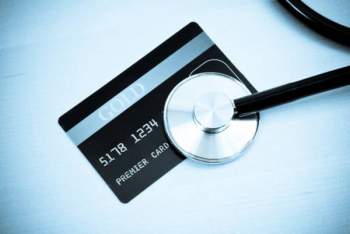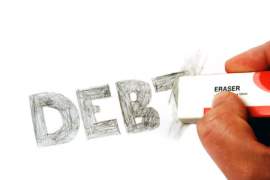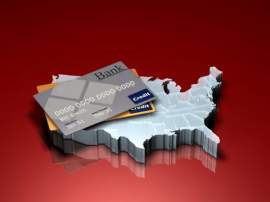
4 Myths Revealed about Debt Relief

Related Forms
Schedule B - Personal Property
Schedule C - Property Claimed as Exempt
Schedule D - Creditors Holding Secured Claims
Schedule E - Creditors Holding Unsecured Priority Claims
Schedule F - Creditors Holding Unsecured Nonpriority Claims
Schedule G - Executory Contracts and Unexpired Leases
Schedule I - Current Income of Individual Debtor(s)
Schedule J- Current Expenditures of Individual Debtor(s)
Summary of Schedules (Includes Statistical Summary of Certain Liabilities)
List of Creditors Holding 20 Largest Unsecured Claims
Debtor's Certification of Completion of Instructional Course Concerning Financial Management
View AllDebt relief exists and is a realistic option to resolve credit card debt and avoid bankruptcy... but beware of consumer scams that sound too good to be true.
A wide range of opportunities exist with regard to the undertaking of Debt Relief resources, the multitude of options available increases the chances for the individual debtor to locate the ‘right fit’ for their respective needs. However, upon the investigation of Debt Relief opportunities, a variety of myths exist regarding the nature of Debt Relief; the following article may clarify inconsistencies and fallacies associated with Debt Relief.
Statement 1: Debt Relief Programs are All Legitimate
MYTH. Debt relief programs advertising upwards of a 70% reduction are largely considered to be not only unrealistic, but fraudulent, as well; while certain Debt Reduction programs making these claims may be legitimate, individuals are encouraged to seek professional counsel prior to engaging in any Debt relief program or opportunity.
Statement 2: Debt Relief Advertisements are the best way to find Debt Relief Programs
MYTH. Amongst the most viable and effective means of attaining legitimate Debt Relief is seeking out the advice of trusted friends, colleagues, and networks who have undergone debt resolution and management; upon seeking the advice of trusted resources who have participated in Debt Relief, you may be able to gain initial acclimation to debt assistance programs offered prior to undertaking them:
On one hand, seeking out the advice of trusted networks and individuals may assist you in preparation and understanding regarding the requirements and practices involves in the process of debt resolution through Debt ReliefOn the other hand, the participation – and completion – of such Debt Relief resources by a trusted network may prove to be an effective filter for avoiding illegitimate scams and illicit, fraudulent Debt Relief resources
Statement 3: There is no free Debt Relief
MYTH. Non-Profit Debt Relief is a type of financial, procedural, and strategy-based resource offered by a financial institution on a non-profit basis, which allows individual debtors – both private and commercial to undertake opportunities to formulate plans in order to relieve or resolve the entirety of the respective debt incurred. Typically, a non-profit Debt Relief will operate in one of 2 ways; the first method occurs through the oversight or funding provided the jurisdictional governing body – the second method takes place in the form of a pro-bono Debt Relief resource program instituted on individual prorating or charity.
Statement 4: Bankruptcy is not Debt Relief
MYTH. Although bankruptcy may not be considered to be the most attractive option regarding certain individual debtors, attorneys and financial professionals alike may suggest that the filing for bankruptcy be the most sensible and effective measure of debt relief. While bankruptcy may vary with regard to its negative effects and consequences, in various cases, the filing for bankruptcy allows individual debtors with the debt relief most suited for their situation; prior to filing for bankruptcy, you are encouraged to consult with an attorney or certified financial counsel.
NEXT: Debt Settlement





















